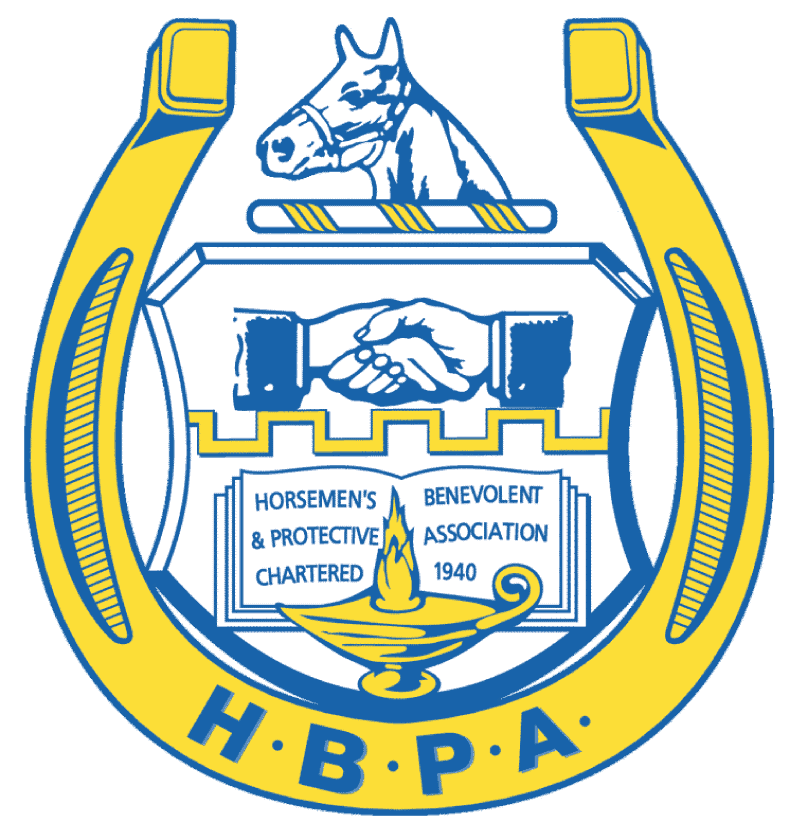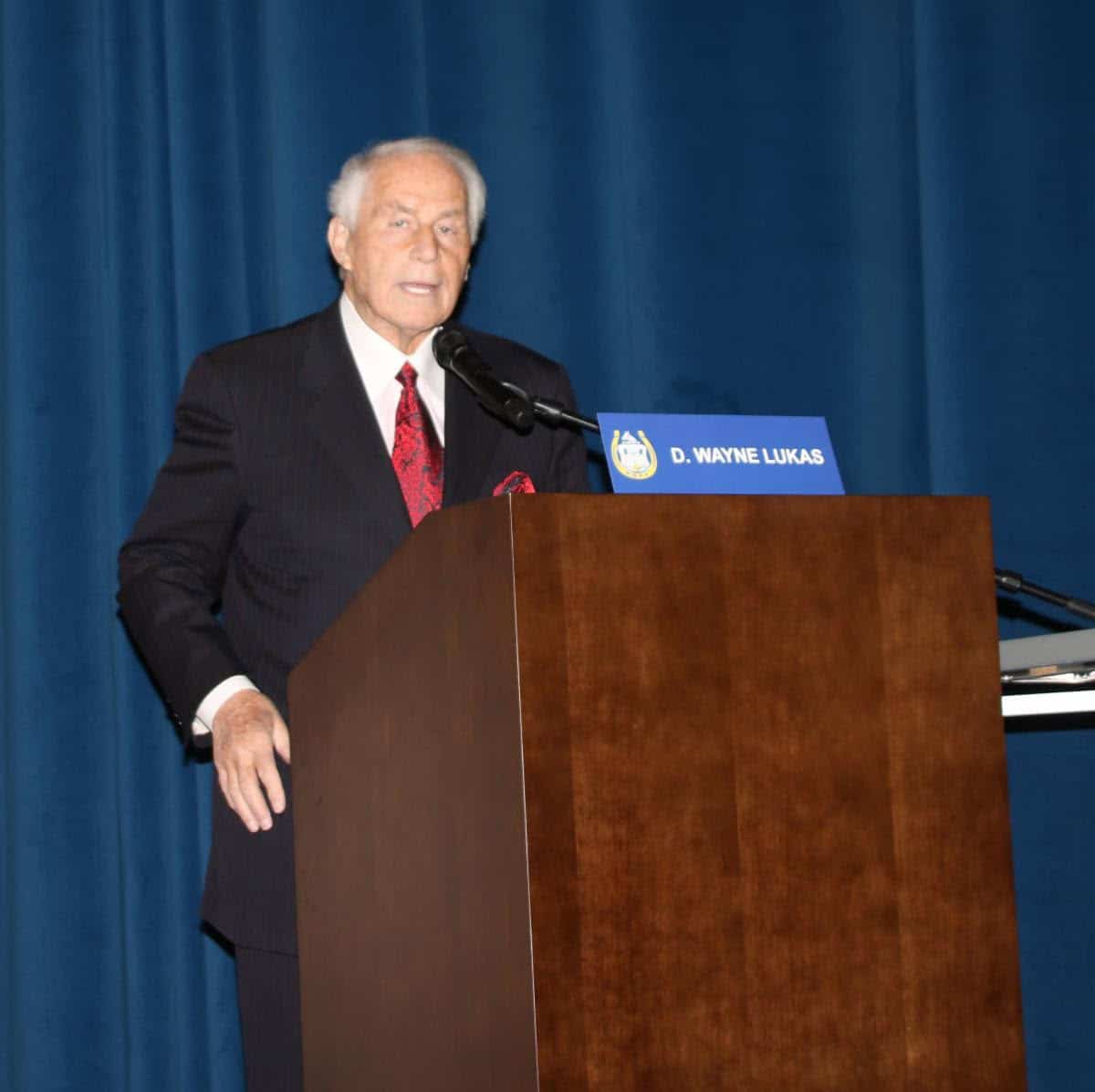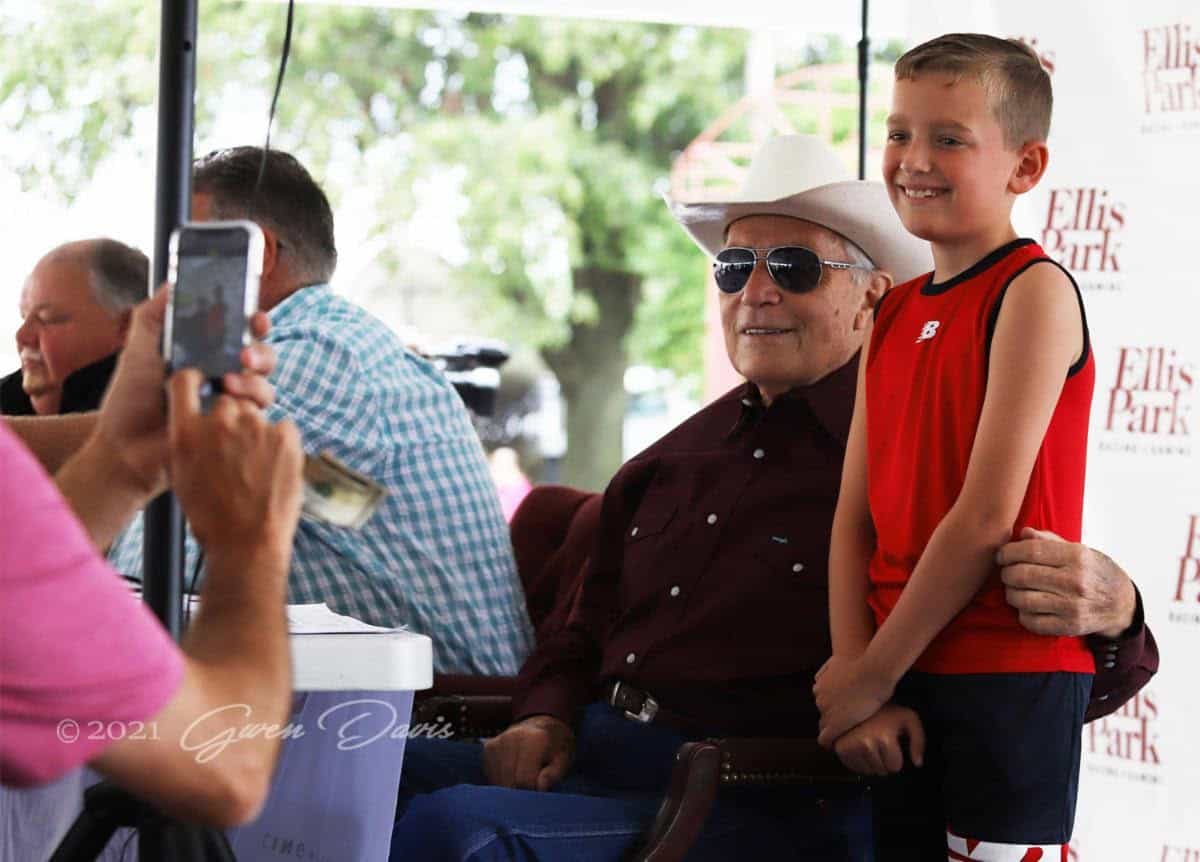Simo Conference: Owner Recruitment, Retention Focus of Panel
Blood-Horse
An Oct. 5 panel discussion on how a shortage of Thoroughbred owners is largely responsible for reductions in field size in recent years generated a more serious assessment of the state of owner recruitment in horse racing.
Progress in the recruitment of Thoroughbred owners has been cited by organizers of OwnerView.com and the Thoroughbred Owners and Breeders Association Concierge Program, two relatively new industry resources that are actively trying to break down barriers new owners often face—and even longtime ones seeking a better experience.
The discussion was part of the first day of the International Simulcast Conference in Clearwater, Fla. The takeaway message was simple: The little things matter to owners, and all industry stakeholders need to do their part to improve the experience.
“We do have a wonderful product,” said Christina Bossinakis, director of the TOBA Owners Concierge Program launched last year. “Every segment of the industry is interconnected, and if any one area fails, we’re in real trouble. It’s the little things that make the difference.
I do feel positive about the strides we are making. But a lot of times people don’t often feel as they walk into a racetrack that they are an individual (who deserves attention,” she said.
Gary Falter, vice president of The Jockey Club Information Systems, said surveys performed by OwnerView.com, a joint effort of The Jockey Club and Thoroughbred Owners and Breeders Association, indicate improvement in the area of owner recruitment. For instance, 70% of 167 people surveyed said they have increased their investment in Thoroughbreds, and 10% of the 167 said they became new owners.
A 2011 study by McKinsey and Co. identified the need for tools and resources for new and established owners, which led to OwnerView.com’s creation and the National Owners Conference that was held for the first time in 2014 and is scheduled for January 2016.
H. Robb Levinsky, managing partner of Kenwood Racing LLC, strongly believes reductions in the racehorse inventory are closely linked with an insufficient number of owners. He makes the overall experience the biggest attraction to his Thoroughbred partnerships.
Levinsky said Monmouth Park in New Jersey has been very accommodating to ownership groups like Kenwood because it realizes the value of having 15 partners in a horse bring up to 40 guests with them for a day at the races—they like to wager.
“People own racehorses for excitement reasons rather than financial ones,” Levinsky said. “We can fill some empty seats with the most passionate type of fan: owners, not just spectators.”
Levinsky identified five things racetracks must do to attract and keep owners: publicly recognize them on a regular basis; provide “exclusive” areas where owners can eat, drink, and wager; offer “perks and benefits,” even something as simple as miniature trophy for the winner of each race; invite feedback from owners; and have an owner liaison on staff.
“It varies from track to track, and it is not always positive,” said Jen Perkins, the director of racing for the American Quarter Horse Association, whose family has a background in racehorse ownership.
Margo Flynn, vice president of marketing and publicity at Tampa Bay Downs, described a program the track employs to show interest in its biggest bettors, many of whom are Thoroughbred racehorse owners. By use of players’ cards, various members of the staff are texted when the owners are in the dining room or sitting at a bar so they can make their experience better, Flynn said.
“It’s a great way for people to interact,” she said.
The United States Trotting Association, executive vice president and chief executive officer Mike Tanner said, has had success with racetrack-based fractional ownership programs. There have been 30-40 people per partnership at three tracks for a one-time investment of $300-$400. The partnership horses race for a finite amount of time—the length of a four-month meet—and the partners get access to the barn area to spend time with the horse and its trainer.
“When you get people into the winner’s circle (with one of these horses), it becomes intoxicating,” Tanner said.
Falter said there is a misconception that Thoroughbred owners at any level expect “lavish” treatment. “It’s really just about Service 101,” he said. “They just want to feel special.”





